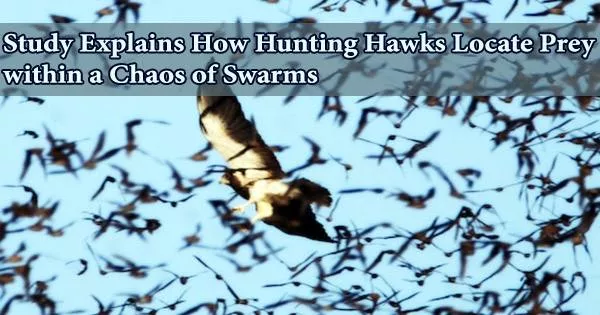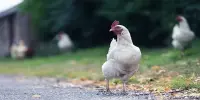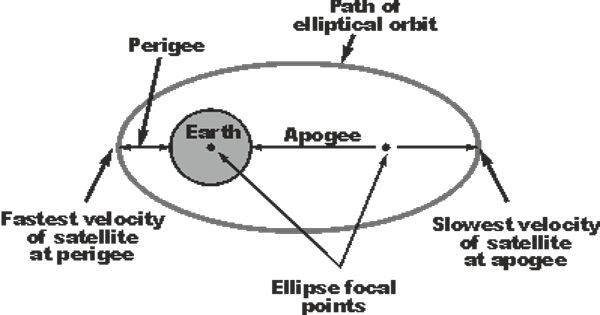According to recent research, hawks hunting swarming bats aim for a set spot in the swarm rather than picking out a specific bat to hunt. It’s possible that shoals of fish, bat swarms, or flocks of birds don’t mislead predators as much as previously believed. When hunting prey in huge, dense groups, predators may generally avoid confusion by focusing on a fixed point as opposed to any particular individual.
A study that was just released in Nature Communications demonstrates how hunting hawks deal with the challenge of catching a single bat in a large swarm. Our understanding of how predators choose and follow a target from thousands of potential prey is improved by the findings.
Along with colleagues from the University of New Hampshire, Dr. Caroline Brighton, a post-doc with the Oxford Flight Group in the Department of Biology at the University of Oxford, conducted the study.
A colony of 700,000 to 900,000 Mexican Free-tailed Bats (Tadarida brasiliensis) was hunted by Swainson’s Hawks (Buteo swainsoni) and other raptors every evening as the bats emerged from a cave.
They were able to reconstruct the 3D flight paths of the raptors and bats using a variety of cameras, which they then computationally analyzed. Most people believe that being in a big group, like a school of fish, a flock of birds, or a swarm of bats, protects you from predators.
The presence of numerous possible prey may confuse predators, making it more difficult for them to concentrate on and catch a specific individual. This protection may also result from the so-called “confusion effect.” Predators should have less success obtaining prey as the size of the prey group grows if they become confused.
Our work shows how the appearance of a swarm depends on the predator’s own motion, so starling murmurations and many other group behaviors that look bewildering to our own eyes may not appear so confusing to a predator taking the plunge. The same will hold true for other agents using visual targeting of swarms, including drones and other autonomous vehicles.
Professor Graham Taylor
However, there is conflicting empirical support for the confusion effect. The researchers traveled to a remote study location in the Chihuahuan Desert in New Mexico, USA, to learn more about the confusion effect.
Nearly 1500 meters above sea level, on a huge volcanic plateau, the site is home to deep caves that the bats utilize as day roosts during the breeding season. These caves were formed by the remains of lava tubes. At dusk, a continuous ribbon of bats emerges to fly to their eating areas. It is a great study system since the behaviors are predictable and consistent.
Dr. Brighton and colleagues used two stereo cameras to record hawks hunting bats as they emerged at dusk. Then, they compared the trajectories of the genuine birds with the trajectories predicted by a computer program after reconstructing the hawks’ flight patterns in 3D.
The scientists discovered that the hawks will steer towards a set spot within the swarm rather than continuously pursuing a single bat. How the hawks chose which targets to seize still remains a mystery.
Hawks may utilize this information to identify a target bat from the swarm, albeit any bat on a collision course with the hawk would appear to remain on a steady heading. Dr. Brighton explains:
“From the viewpoint of a stationary observer such as a person stood on the ground all members of the swarm appear to move erratically. For a mobile observer like the hunting hawks in flight any bat that it is on a collision course with it will appear stationary against the background movement of the swarm”
The scientists speculate that this tactic of focusing on a single target among a group of prey may be a more widespread mechanism in other predators that has not yet been identified. They do, however, suggest that it might only work when prey aggregations are sufficiently thick.
“Our work shows how the appearance of a swarm depends on the predator’s own motion, so starling murmurations and many other group behaviors that look bewildering to our own eyes may not appear so confusing to a predator taking the plunge,” said Professor Graham Taylor, senior author of the study and leader of the Oxford Flight Group.
“The same will hold true for other agents using visual targeting of swarms, including drones and other autonomous vehicles.”
















